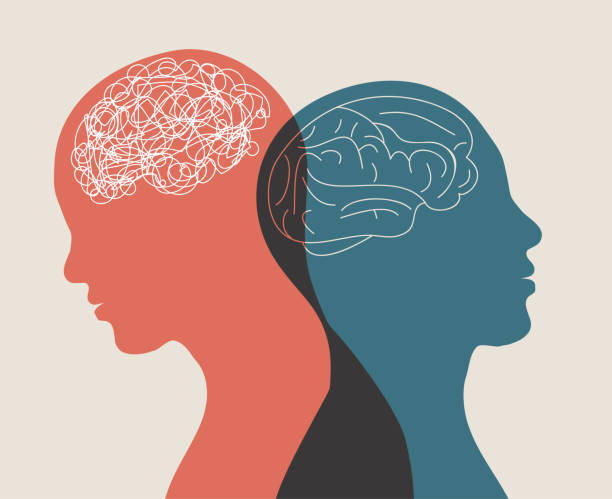The following article was sourced from ifebp.com
I’d like to think I’m working toward breaking down the stigma of mental health. I have family members, friends and colleagues who struggle with various challenges, and I have had bouts of anxiety and depression throughout my life. Yet, when someone is right in front of me, clearly struggling, I still find myself paralyzed by what to say or do.
Thankfully, I was able to take part in a recent session at the Annual Employee Benefits Conference with Diane Rohlman, who is the associate dean for research at the University of Iowa’s College of Public Health. She is also a professor in the Department of Occupational & Environmental Health where she holds the endowed chair in rural health and safety, and she is director of the University of Iowa’s Healthier Workforce Center. At this session, she laid out the 101 of addressing mental health at the supervisor (or colleague) level.
Rohlman provided great reminders: Work, while it is a source of stress and takes us away from time with our family, has positive influences on health and well-being. It gives us a sense of purpose. People who work tend to be happier and healthier.
Mental health doesn’t mean you are happy all the time. Mental illness is a diagnosis, and it covers a range of conditions including anxiety, depression and schizophrenia. Illness can become aggravated when layered with substance use and workplace stressors. Recent studies show that less than half of those with mental illness seek out treatment, and people tend to wait 11 years before getting treatment.
Three factors contribute to this delay: lack of awareness, difficulty finding resources and stigma. These factors are not just from national surveys but also found in the International Foundation’s own membership. The Mental Health and Substance Use Disorder Benefits survey found that the top barriers to seeking treatment included confidentiality concerns, perceived negative impact on job security and lack of readiness to address the issues. All of these are rooted in stigma.
Reduce Workplace Hazards
Rohlman pointed out that while organizations that offer self-care strategies (e.g., meditation, yoga) can see effective results, they will make a greater impact when they implement programs that affect the entire organization. Preventing workplace hazards is key. Hazards are often thought of as physical activities, but having shoddy communication and unclear expectations can also foster poor working conditions. Clearly define roles and responsibilities. And, critically, create a policy that addresses mental health and substance use. Foster a culture that reduces stigma and supports recovery.
Lead by Example
We’ve heard it time and time again, but it’s critical: Leaders must talk about mental health. It doesn’t need to be detailed or deeply personal, but try to offer something of your own experience that normalizes it. Rohlman shared that 60% of employees never talk about mental health at work and are least comfortable talking about it with HR and senior leaders. What would change if you said, “My son is struggling with addiction. It’s been tough.” How would that change the dynamic?
Get Training
Seek out gatekeeper trainings designed for those with no background in counseling and offer them to your supervisors. QPR and Mental Health First Aid are a few examples. These trainings will suggest checking in with employees by asking, “Are you okay?” and asking open-ended questions like, “I can see something is upsetting you. It’s unusual for you to [be late, create errors, etc.]. What’s going on in your life right now?”
Listen and Reflect
If the person is not okay, don’t minimize what they are going through. Instead, be a sounding board and listen and reflect on what they are saying.
Don’t Say:
- It could be worse.
- Snap out of it.
- We’ve all been there.
- Pull yourself together.
- Try thinking happy thoughts.
Do Say:
- Thanks for opening up to me.
- How can I help?
- Do you want to talk about it?
- I’m sorry to hear that. It must be rough.
- Can I drive you to an appointment?
- How are you feeling today?
Refer to Support
From there, ask if you can refer them to support. Seeking help is not a failure (and here’s a great place to be a leader and say, “I called this helpline, too.”). It is ultimately that person’s choice to seek further help. Be sure not to promise total confidentiality. Offer to help connect to a support call, then step out when they make that connection. If there is an indication that they are at risk of hurting themselves or others, contact emergency services.
Know Your Benefits
Understand what your benefits are, including an employee assistance program (EAP), and learn how to find the providers. Also, emphasize that many EAPs and other benefits cover family members. Often employees may not realize this. Understand what is covered: alcohol addiction, depression/anxiety, substance use disorders, bipolar disorders, PTSD or eating disorders. Be ready to share this information.
To explore more ways organizations can foster a healthier work environment, join us at the Mental Health in the Workplace virtual conference on October 18-19, 2023.


